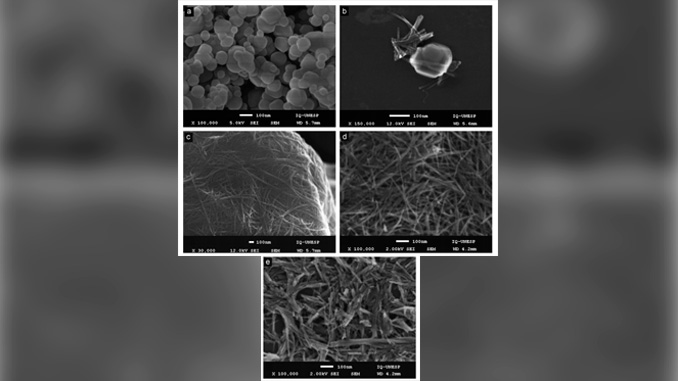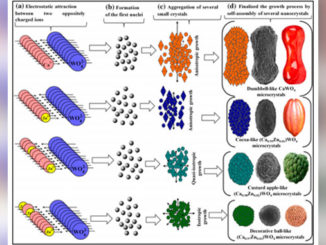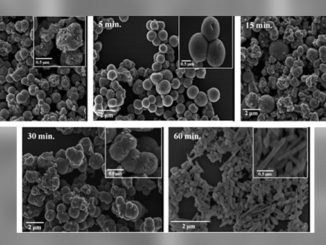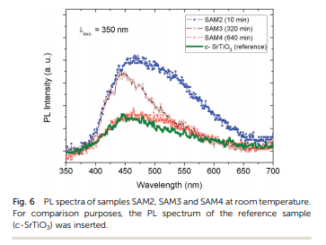
Writers: Daniela C. Manfroi, Ademir dos Anjos, Alberto A. Cavalheiro, Leinig A. Perazolli, José A. Varela, Maria A. Zaghete
Keywords: Microwave hydrotermal synthesis; Titanate nanotubes; Photoluminescence; Photocatalysis
Abstract: Titanate nanotubes were successfully synthesized using the microwave-assisted hydrothermal method from commercial TiO2-anatase powder. Several samples were obtained at varying temperatures and time. Powder samples containing titanate nanotube (Na2Ti6O13) single phase were obtained at 130 1C for 4 h and 150 1C for 2 h, demonstrating the kinetics dependence of reaction temperature. Through XRD analysis and electron diffraction pattern, the nanotube structures were found to be composed of a short range ordering, thus giving rise to a broad XRD peak profile. The higher time and temperature (150 1C for 4 h) led to the formation of more organized structures. The nanotubes UV–vis spectra showed a band gap of 3.90 eV and a shoulder on the curve which led to another band gap value 3.25 eV. The photoluminescence spectrum emission peak presented a significant decrease, indicating the reduction of surface or structural defects of titanate nanotubes due to longer hydrothermal treatment duration. All structural, electronics and morphologics transformation led to an improvement on photocatalytic activities for nanotubes, especially the sample obtained at 150 1C for 1 h that rate of decolorization is 0.01879 min1 , 2.25 times faster than TiO2-anatase (starting phase).




